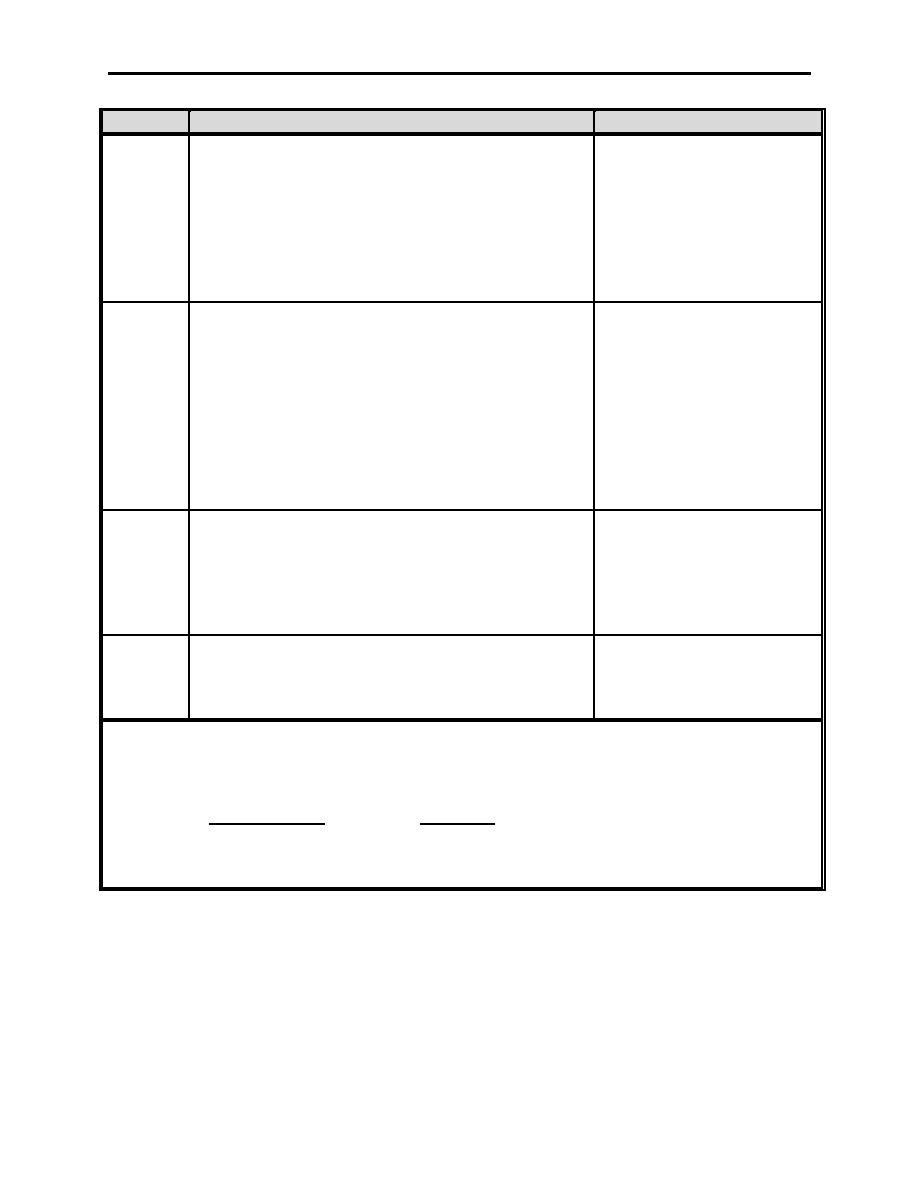 |
|||
|
|
|||
|
Page Title:
Figure 5-1. PIREP Turbulence Reporting |
|
||
| ||||||||||
|
|  CHAPTER FIVE
AVIATION WEATHER
Intensity
Aircraft Reaction
Reaction Inside Aircraft
Occupants may feel a slight
Turbulence that momentarily causes slight, erratic
strain against seat belts or
changes in altitude and/or attitude (pitch, roll, yaw).
shoulder straps. Unsecured
Report as Light Turbulence; 1
objects may be displaced
or
Light
slightly. Food service may be
Turbulence that causes slight, rapid, and somewhat
conducted and little or no
rhythmic bumpiness without appreciable changes in
difficulty is encountered in
altitude or attitude. Report as Light Chop.
walking.
Turbulence that is similar to Light Turbulence but of
greater intensity. Changes in altitude and/or attitude
occur but the aircraft remains in positive control at all
Occupants feel definite strains
times. It usually causes variations in indicated
against seat belts or shoulder
airspeed. Report as Moderate Turbulence; 1
straps. Unsecured objects are
Moderate
or
dislodged. Food service and
Turbulence that is similar to Light Chop but of greater
walking are difficult.
intensity. It causes rapid bumps or jolts without
appreciable changes in aircraft altitude or attitude.
Report as Moderate Chop.
Occupants are forced
Turbulence that causes large, abrupt changes in
violently against seat belts or
altitude and/or attitude. It usually causes large
shoulder straps. Unsecured
variations in indicated airspeed. Aircraft may be
Severe
objects are tossed about. Food
momentarily out of control. Report as Severe
service and walking are
Turbulence; 1
impossible.
Turbulence in which the aircraft is violently tossed
about and is practically impossible to control. It may
Extreme
cause structural damage. Report as Extreme
Turbulence.
1
High level turbulence (normally above 15,000 feet MSL) not associated with cumuliform
cloudiness, including thunderstorms, should be reported as CAT (clear air turbulence) preceded by
the appropriate intensity, or light or moderate chop.
NOTE:
Reporting Term
Definition
Occasional
Less than 1/3 of the time
Intermittent
1/3 to 2/3 of the time
Continuous
More than 2/3 of the time
Figure 5-1 PIREP Turbulence Reporting
The different types of turbulence can be divided according to their causative factors: thermal,
mechanical, frontal, and large-scale wind shear.
Two or more of these causative factors often work together. Any of the four types of turbulence
may occur without the visual warning associated with clouds. Turbulence in the absence of or
outside of clouds is referred to as clear air turbulence (CAT).
5-4
Weather Hazards of Turbulence, Icing, Ceilings, Visibility, and Ash Clouds
|
|
Privacy Statement - Press Release - Copyright Information. - Contact Us |